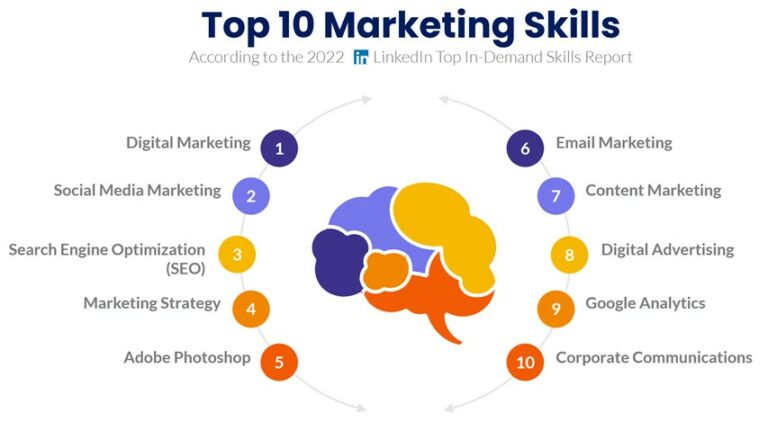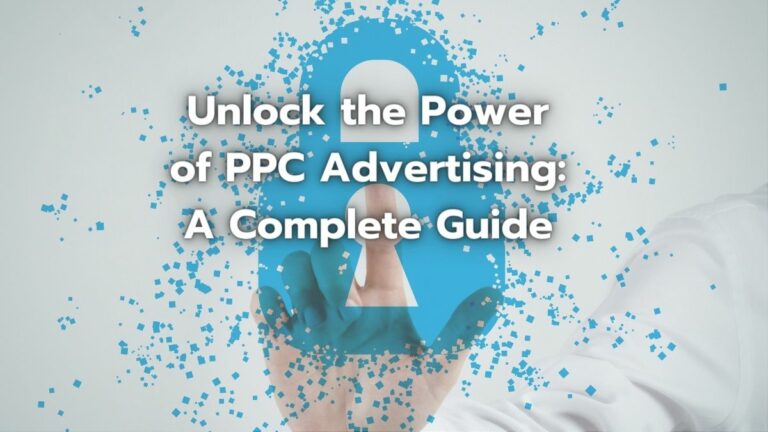
How to Create a Content Calendar that Drives Traffic to Your Website
A content calendar is valuable for any business owner or marketer who wants to create and promote content successfully. It helps you organize, plan, and schedule your post promotions to reach the most people possible with each piece of work.
Why is a Content Calendar Important?
Before creating a content calendar, let’s define what it is and why it’s essential. A content calendar is a tool that helps you plan, organize and publish your blog posts in advance. It outlines topics for each post and when to publish it—so you can stay consistent with publishing dates while also ensuring that all of your blog posts are relevant.
A content calendar can help you stay organized and focused on your marketing goals. It also allows you to plan around important dates, like holidays or product launches—creating content that resonates with your target audience and driving traffic back to your website.
What You Need to Get Started With a Content Calendar

Define Your Content Strategy
The first step to creating a content calendar is defining your content strategy. This outlines your goals, target audience, and types of content you want to make. This stage sets the foundation for all future work.
Determine your Content Goals.
For content marketing to be successful, your goals must align with your company’s. What do you want to accomplish through the use of content? Defining your content goals will help you create content that supports your business objectives.
Identify your Target Audience.
To create content that resonates with your target audience, it’s essential to understand who they are. First, identify their pain points and interests — then craft content that addresses those needs.
Choose the Types of Content you Want to Create
There are many types of content on the web: blog posts, videos, and infographics. The kind you choose should align with your goals and target audience. Once you’ve identified your target audience, it’s time to decide which type of content will best meet their needs. When creating content, make it valuable — The most successful content solves a problem or answers a question.
Define your Brand Voice and Tone
Your brand voice and tone should be consistent across all your content. Your brand voice is your personality, while tone represents how emotions are conveyed in a message. When defining these elements of your business identity, you can create a more recognizable image for customers to connect with on multiple levels
Steps to Creating a Content Calendar
Choose a Calendar Tool
The next step is to choose a calendar tool. Again, there are many available, both free and paid; when choosing one, consider one that is easy to use, allows for collaboration, integrates with other applications you use, and allows you to customize as you or your clients need.
Determine the Frequency of Your Content
The next step is to determine the frequency of your content. How often do you want to publish content? This will depend on several factors, such as your content goals, target audience, and resources.
Publishing content regularly is essential for several reasons. First, it helps keep your brand or message in front of your audience members so that they will engage with what you publish and share it with others. Publishing high-quality content can help you build your reputation as an expert.
Brainstorm Content Ideas
Once you have determined your content goals and targeting, brainstorm ideas for the content that will help achieve these targets.
- Do keyword research: Use tools like Google Keyword Planner or Ahrefs to identify popular keywords in your industry. This will help you create content that appeals to readers and ranks well on search engines.
- Look at your website analytics: Which topics are being searched for most often? Create more content around those ideas or try to link related pieces together.
- Check out your competition: What kind of content is your competition creating? How can you differentiate yourself and create better content?
- Consider seasonal events and holidays: Are there any seasonal events or holidays that you can create content around?
Once you’ve brainstormed a list of potential content ideas, add those topics to your calendar tool. Schedule the posting dates for each piece of content, and include any relevant details or deadlines.

Organize and Schedule Your Content
Organizing your content into a calendar can help you schedule posts. First, choose the format of your calendar—such as a spreadsheet or digital calendar—and then assign topics and dates to each piece of content. Be sure to include relevant details, such as the content type (blog post, video, social media post), author, and keywords. When scheduling your content, consider the following tips:
- Mix up your content types to keep your audience engaged. For example, if you publish a blog post on Monday, add a video or social media post the following day.
- Consider when your audience is most likely to engage with your content: for example, schedule posts for the evening if you know that’s when people are most active on social media.
- Create a content plan at least one month in advance so that you have plenty of time to write high-quality posts.
Once you have organized and scheduled your content, share it with the people responsible for creating and promoting it.
Create Compelling Content
Use your content calendar to track the various stages of creating and disseminating content. Include keywords, topics, deadlines, and other relevant details. Use a content editor to ensure that your content is relatable to your audience and grammatically correct.
Once your content is ready, upload it to your website or social media platforms and promote it to your audience.
Measure Your Results
Once you’ve finished creating your content, measure its performance. Check the analytics for your website, social media accounts, and other relevant metrics to find out how well it is doing. If your content isn’t performing well, return to the drawing board and try again. Keep in mind that creating quality content is a process that takes time and effort, so keep going if your first attempt doesn’t produce the results you want.

Closing Notes on Creating a Content Calendar
A content calendar is an essential part of a successful content marketing strategy. It helps you plan and organize your content, ensure it will be published regularly—and measure its effectiveness. Content marketing is a long-term strategy that will help you build trust and authority and drive traffic to your website. Of course, it can take time for the results to show up, but if you follow this guide and create quality content regularly, you’ll be on your way to success!
Digital Results will gladly assist you if you need assistance creating a content calendar and optimizing content for your website and SEO goals. Schedule a free 30-minute consultation, and we will have our digital marketing experts assist you and your team.






